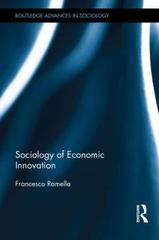Question
a) In a perfectly competitive industry, the long-run equilibrium shows that each firm will be operating at its minimum average cost but earn zero profits.
a) In a perfectly competitive industry, the long-run equilibrium shows that each firm will be operating at its minimum average cost but earn zero profits. However, in the short-run firms can earn abnormal profits despite its inability to operate at its long-run minimum average cost, explain why this is so.
b) explain the difference between the philosophy of John Stuart Mills and the Rawlsian Maximin criterion. (60 words)
c) Explain whether each of the following actions would affect a tomato ketchup firm's profit-maximising decision.
i. An increase in the number of tomato farmers.
ii. The implementation of a subsidy by the government per worker hired in the tomato ketchup industry.
iii. The implementation of $100,000 fee for a license to do business in the food manufacturing industry.
d) Without the use of a graph, explain why the perfectly competitive outcome is consistent with welfare maximization in the long run but not necessarily in the short run.
Step by Step Solution
There are 3 Steps involved in it
Step: 1

Get Instant Access to Expert-Tailored Solutions
See step-by-step solutions with expert insights and AI powered tools for academic success
Step: 2

Step: 3

Ace Your Homework with AI
Get the answers you need in no time with our AI-driven, step-by-step assistance
Get Started


